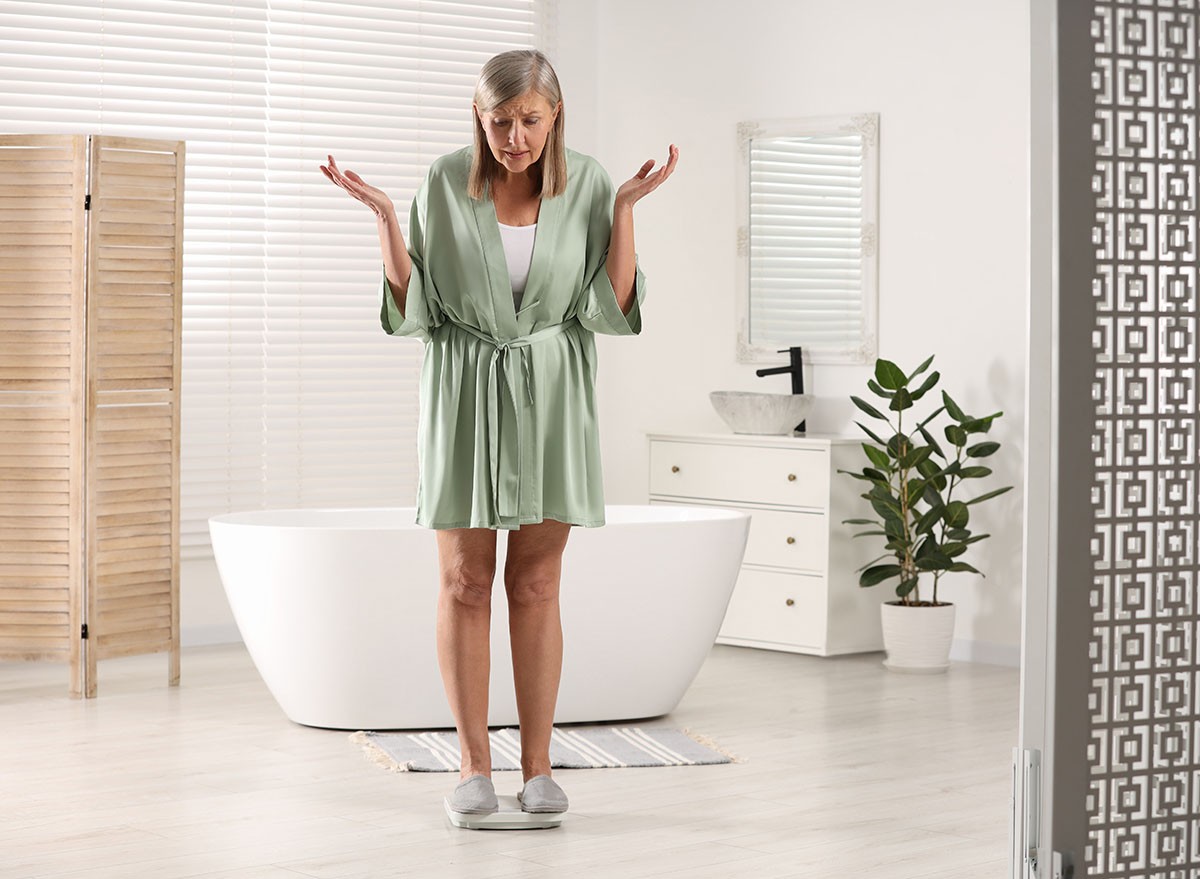5 Body Changes Doctor Warns Happen When Patients Stop Taking Ozempic

Many of us have heard about the remarkable results people are experiencing with Ozempic and Wegovy for weight loss. But what happens when treatment ends? Dr. Jennifer Caudle, DO, FACOFP, known to many as Dr. Jen, is a board-certified Family Medicine physician and Associate Professor at Rowan University-School of Osteopathic Medicine who understands these concerns. Understanding these medications and their effects after discontinuation is crucial for anyone considering or currently taking them. Read on to discover the five key changes your body may experience when stopping these medications.
What Are Ozempic and Wegovy?
Before diving into what happens when you stop these medications, it's important to understand what they are. "Ozempic is FDA-approved for diabetes. Wegovy is FDA-approved to help with weight loss," Dr. Jen explains in her post. She notes that both medications contain the active ingredient semaglutide, which is why many people take Ozempic off-label for weight loss as well.
RELATED: 15 Things to Know Before Requesting Ozempic for Weight Loss
Blood Sugar Changes

The first significant change when stopping these medications affects your glucose levels. "Your blood sugar will likely go up," says Dr. Jen. She explains this happens because these medications are designed to lower blood sugar, so removing them naturally allows levels to rise again. "Depending on who you are will determine the significance of that," Dr. Jen cautions, emphasizing that for diabetics, this change could be particularly important and might require replacement medications.
Appetite Returns

One of the most noticeable effects of discontinuing Ozempic or Wegovy is the return of your pre-medication appetite. "Your appetite may increase when you stop these medications," warns Dr. Jen. She explains that many of her patients appreciate how these drugs reduce cravings and hunger while taking them. "If you go off the medication, your appetite very likely will return. So you've got to be prepared for that," Dr. Jen advises.
Side Effects Disappear

There's a silver lining to stopping these medications if you've been experiencing adverse effects. "Side effects that many people say they have with these medications can be things like nausea or vomiting, diarrhea or constipation, abdominal pain, abdominal cramping," Dr. Jen lists. She points out that gastrointestinal issues are the most common, but other effects like headaches can occur as well. "Should you stop them, if you had these side effects, they're likely going to go away," Dr. Jen reassures.
RELATED: 20 Possible Ozempic Side Effects
Weight Loss Benefits End

Perhaps the biggest concern for many people is what happens to their weight after stopping. "One of the big side effects of these medications is weight loss. It's one of the reasons why so many people take these medications," acknowledges Dr. Jen. She explains that when you stop taking Ozempic or Wegovy, "the additional help that you're getting from the medications to help you with weight loss will go away too."
Will all the weight return? Dr. Jen says that's complicated: "That's going to depend on you, your body, what things you're doing to try to maintain your weight loss, how you're managing your diet, your exercise and all the other things in your life." She confirms that many people do regain weight after stopping but emphasizes that this isn't inevitable with proper maintenance strategies.
Cardiovascular Benefits Cease

The final important change involves heart health. "There have been studies that have shown that both Ozempic and Wegovy have cardiovascular benefits," Dr. Jen points out. These medications have been shown to reduce the risk of strokes, heart attacks, and other cardiovascular issues. Unfortunately, "when you stop the medication, those benefits that these medications afford you will go away," explains Dr. Jen.
RELATED: What Happens to Your Body When You Stop Taking Ozempic
Conclusion

Whether you're considering starting or stopping these medications, understanding these five potential changes is essential for making informed decisions about your health. Dr. Jen emphasizes that this information isn't meant to judge anyone's choice to use or discontinue these medications—rather, it's about being prepared for what might happen. As with any medication change, consult with your healthcare provider before making decisions about Ozempic or Wegovy.




